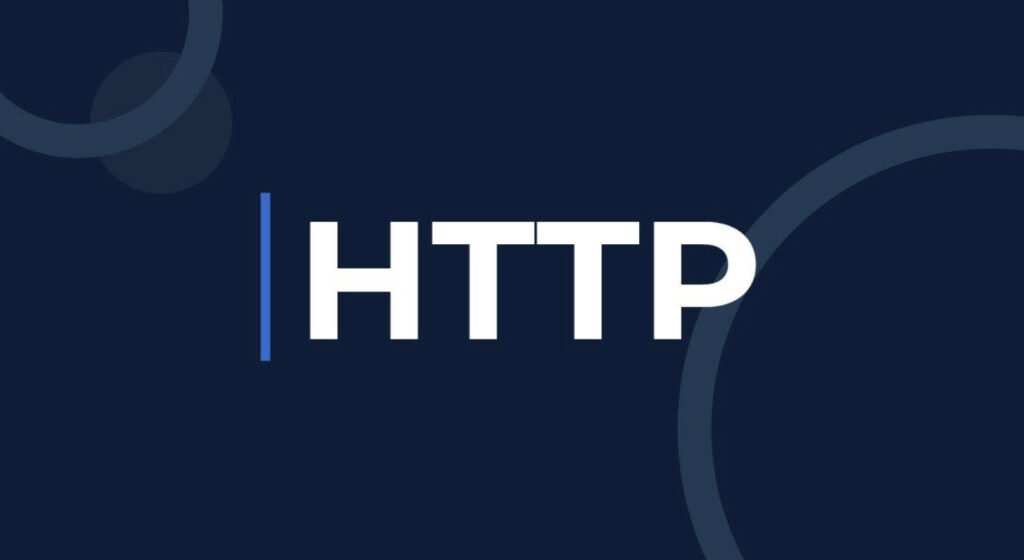
HTTP (HyperText Transfer Protocol) is the foundation of data communication on the World Wide Web. It operates using a client-server model, where a client sends requests to the server to retrieve or manipulate data. These requests are crucial for web applications to function and interact with various resources.
In this article, we will explore the different types of HTTP client requests and their functions.
- GET Request
- HEAD Request
- POST Request
- PUT Request
- DELETE Request
- PATCH Request
- OPTIONS Request
- TRACE Request
- CONNECT Request
1. GET Request
The GET request is one of the most commonly used HTTP methods. It retrieves data from the server without causing any modification or side effects. When you type a URL into your browser’s address bar and hit enter, you’re essentially sending a GET request to the server hosting that webpage. The server then responds with the requested data, typically in the form of HTML content.
2. HEAD Request
The HEAD request is similar to GET, but it only requests the headers of the response, omitting the actual content. This is useful when you want to retrieve metadata about a resource without transferring the entire payload, which can be beneficial for performance optimization.
3. POST Request
The POST request is used to submit data to be processed to a specified resource. Unlike GET requests, which append data to the URL, POST requests include data in the request body. This makes POST suitable for sending sensitive or large amounts of data, such as form submissions.
4. PUT Request
The PUT request is used to update a resource or create a new resource if it does not exist at the specified URL. It replaces the existing resource if it’s present or creates a new one if not. PUT requests are idempotent, meaning that performing the same PUT request multiple times will have the same effect as a single request.
5. DELETE Request
As the name suggests, the DELETE request is used to delete a specified resource on the server. It instructs the server to remove the resource at the given URL. However, it’s essential to use this method with caution, as irreversible actions can have significant consequences.
6. PATCH Request
The PATCH request is used to apply partial modifications to a resource. It is similar to the PUT request but typically used when you want to update only a portion of the resource, rather than replacing it entirely.
7. OPTIONS Request
The OPTIONS request is used to retrieve the HTTP methods supported by a server for a specified URL. This can be useful for a client to determine the allowed actions for a particular resource.
8. TRACE Request
The TRACE request echoes the received request back to the client. It’s a diagnostic tool used for testing and debugging, allowing clients to see how the request changes as it passes through various proxies.
9. CONNECT Request
The CONNECT request is used to convert the connection between the client and the server into a secure tunnel, typically for SSL/TLS encrypted communication. It is often used for HTTPS connections, enabling secure data transfer.
Understanding these HTTP client requests is crucial for developers and anyone involved in web development. Each request serves a specific purpose, allowing for efficient communication between clients and servers, enabling the rich interactive experiences we encounter daily on the web.
You may also like:- How To Fix the Crowdstrike/BSOD Issue in Microsoft Windows
- MICROSOFT is Down Worldwide – Read Full Story
- Windows Showing Blue Screen Of Death Error? Here’s How You Can Fix It
- A Guide to SQL Operations: Selecting, Inserting, Updating, Deleting, Grouping, Ordering, Joining, and Using UNION
- Top 10 Most Common Software Vulnerabilities
- Essential Log Types for Effective SIEM Deployment
- How to Fix the VMware Workstation Error: “Unable to open kernel device ‘.\VMCIDev\VMX'”
- Top 3 Process Monitoring Tools for Malware Analysis
- CVE-2024-6387 – Critical OpenSSH Unauthenticated RCE Flaw ‘regreSSHion’ Exposes Millions of Linux Systems
- 22 Most Widely Used Testing Tools








